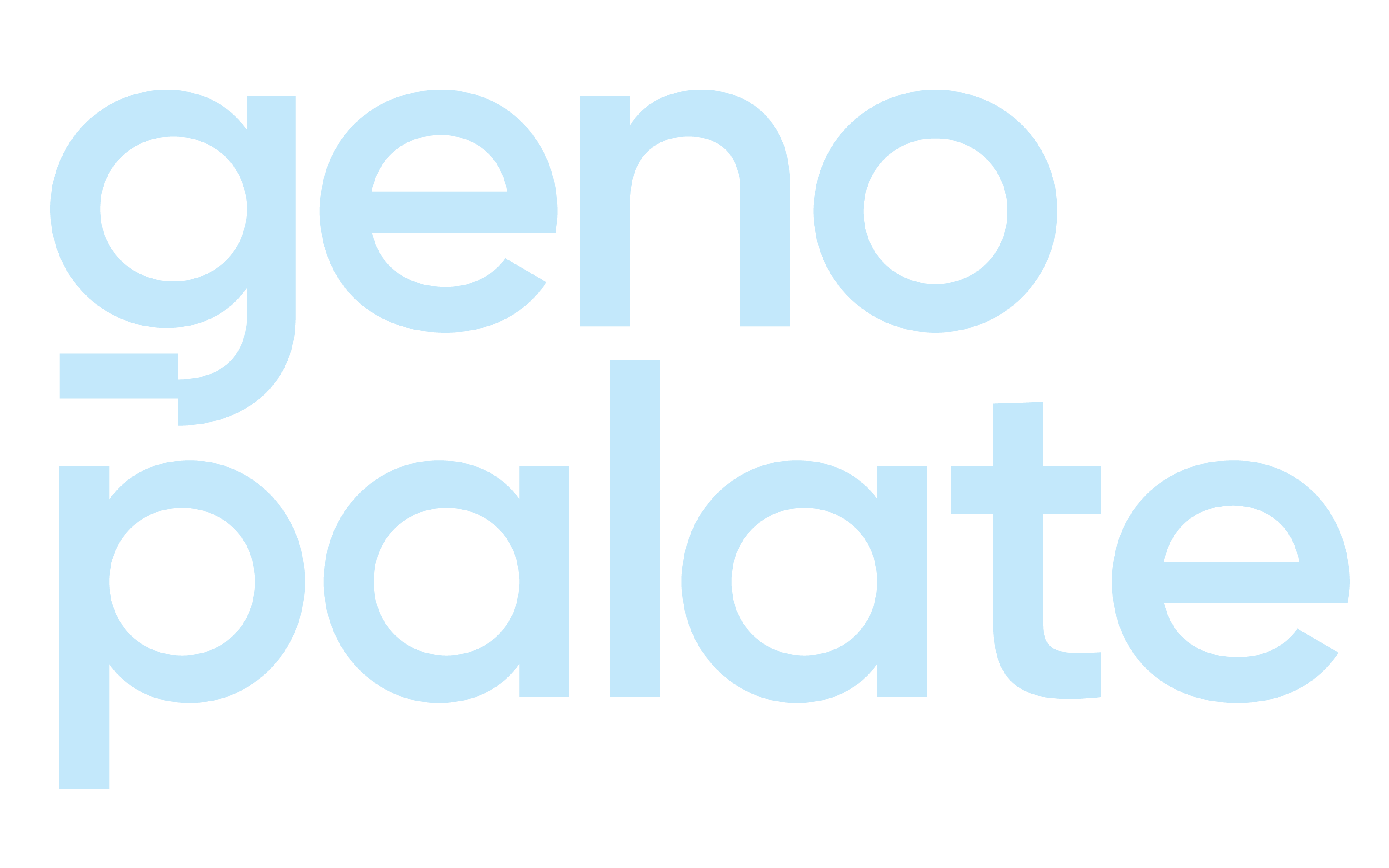What is hemoglobin?
Hemoglobin is a protein found in red blood cells that binds to and carries oxygen from the lungs to the cells throughout the body.
What is a normal hemoglobin level?
Maintaining normal levels of hemoglobin is extremely important. If hemoglobin levels are too low, it puts the structure of our red blood cells at risk. Red blood cells that are improperly shaped cannot flow freely through our blood vessels, making it harder for our body to get the oxygen it needs.
Hemoglobin can also elevate to unhealthy levels, usually as a result of the body demanding more oxygen. This can happen naturally for people at higher altitudes, or smokers. If your hemoglobin levels suddenly change, it may indicate poor lung or heart function, a disease like kidney or liver cancer, or it may be a side effect from an athletic enhancement drug.
How are hemoglobin levels measured?
Hemoglobin is measured in grams per deciliter of blood. Anything between 13.5 and 16.6 g/dL for men and 12 and 15 g/dL for women is considered normal.
What does “low hemoglobin” mean?
Having low hemoglobin levels means that your body isn’t getting the oxygen it needs to keep functioning at an optimal level. It also indicates that your red blood cells are at risk for being improperly shaped, making it harder for them to flow freely through our blood vessels. Having low hemoglobin is known medically as anemia.
Typically, low hemoglobin levels are anything under 13.5 grams of hemoglobin per deciliter of blood for men, and 12 grams per deciliter for women.
Low hemoglobin can occur as a result of factors like pregnancy, liver problems, or infection. However, some people have naturally low hemoglobin levels.
How can I increase my hemoglobin?
It’s possible to increase your hemoglobin naturally by eating a diet that’s rich in iron and folate. Iron helps to make red blood cells, while folate helps keep red blood cells healthy until they reach maturity.
Foods that contain lots of iron and folate include:
- Spinach
- Beef
- Beans and lentils, especially kidney beans and black-eyed peas
- Peanuts
- Tofu
- Broccoli
- Kale
People with low hemoglobin should also work to add foods that are high in other vitamins, like vitamins C and A, to their diet. These foods help increase iron absorption. Foods that are rich in these vitamins include:
- Citrus
- Strawberries
- Carrots
- Leafy Greens
- Sweet Potatoes
Individuals with anemia may also be instructed to take over-the-counter or prescription iron supplements.
What is hemoglobin A1c?
The hemoglobin A1c test, also called the HbA1c, is a test that measures blood sugar levels over a 2 to 3 month period. The results of a hemoglobin A1c test are typically used to identify whether an individual has diabetes, prediabetes, or another metabolic issue.





